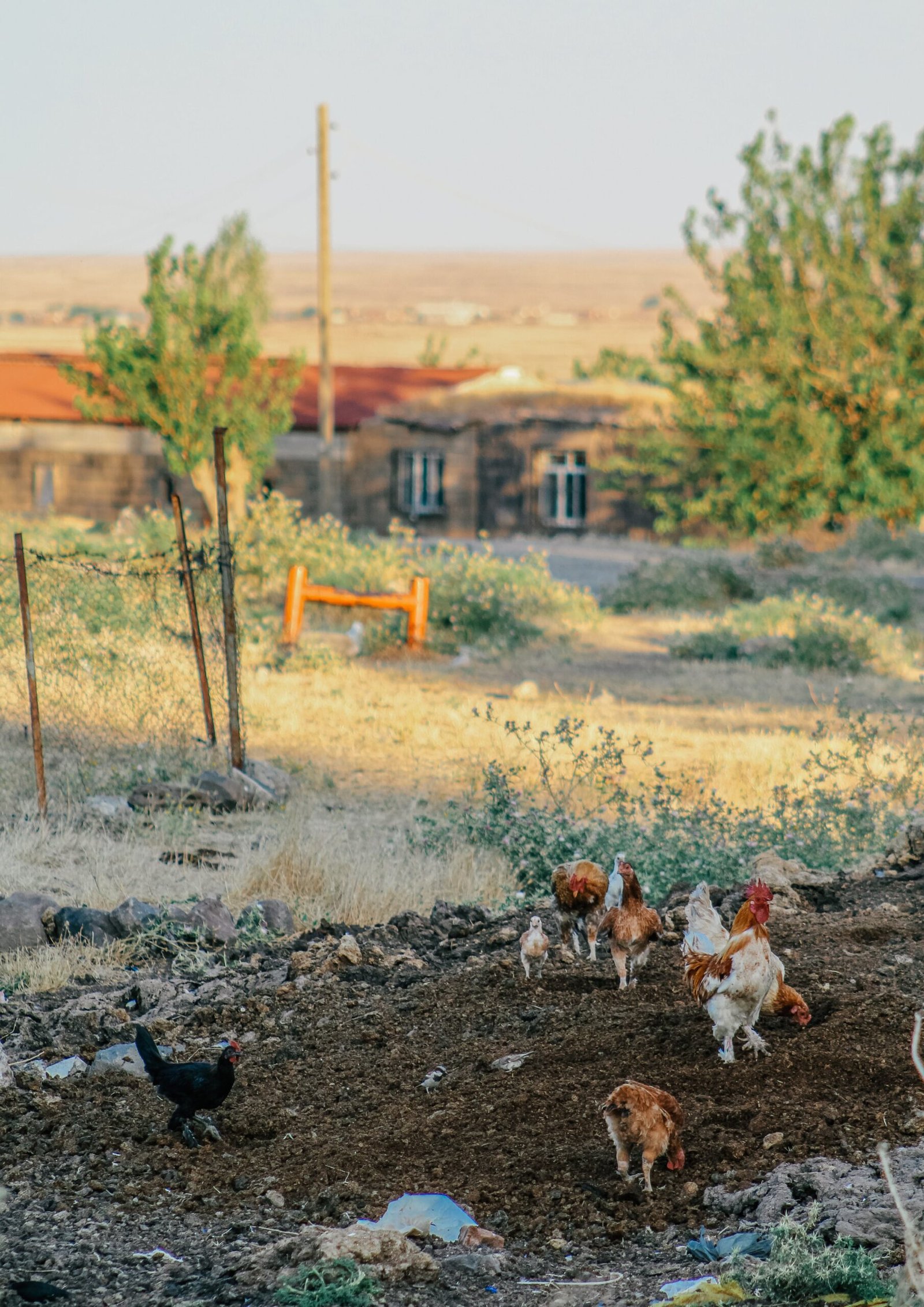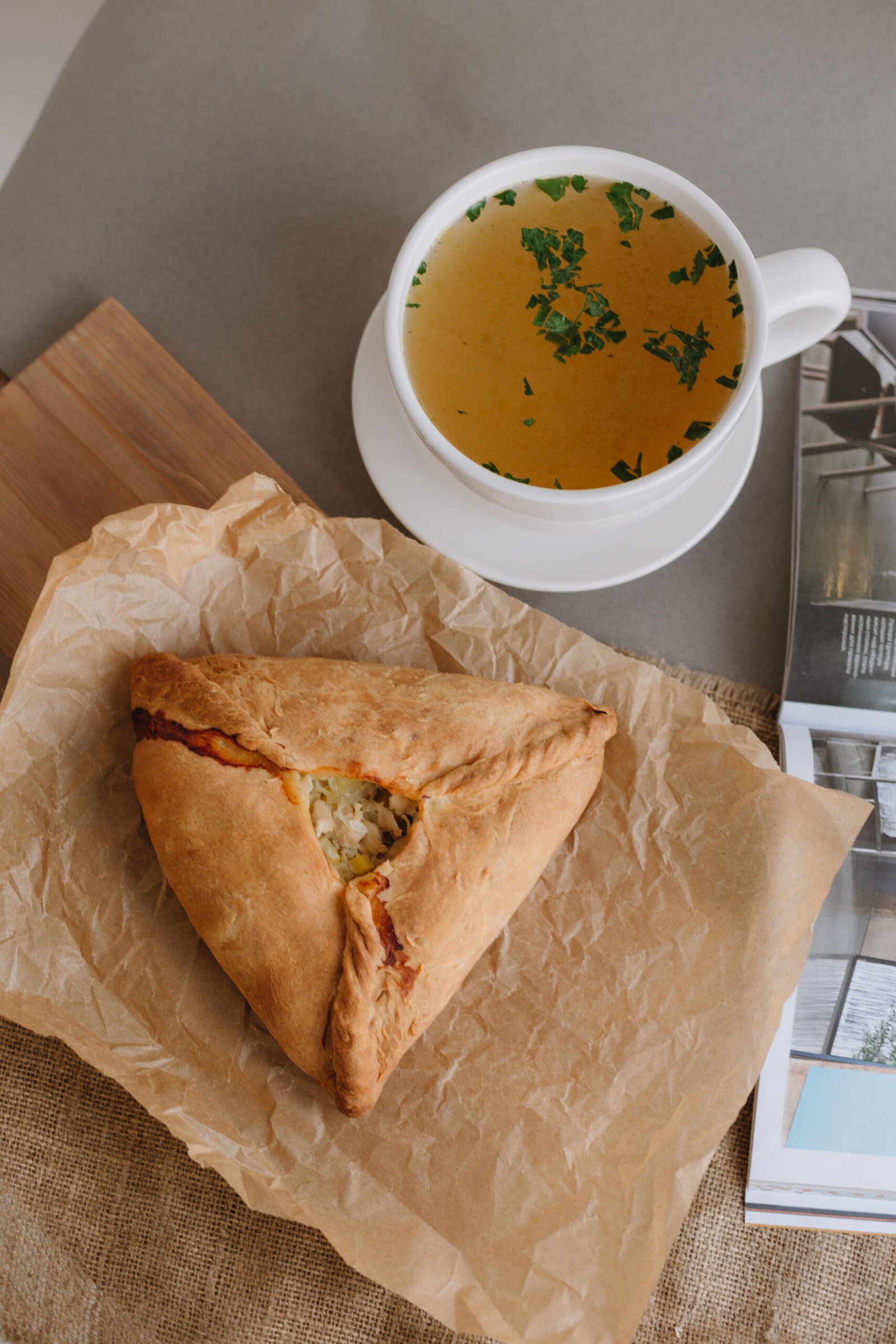
So you’ve decided to take care of some chickens, huh? Well, kudos to you for embarking on this delightful journey! However, if you’re a beginner in the chicken-coop arena, you might be scratching your head wondering, “What’s the best way to design and build a chicken hospital or isolation area?” Don’t fret, my friend! In this article, we’ll explore the most effective methods to create a safe and comfortable space for your feathered friends in need. Get ready to learn the ins and outs of chicken hospital designs without any stress or confusion.

Materials and Supplies
Choosing appropriate materials
When designing and building a chicken hospital or isolation area, it is crucial to choose materials that are safe and durable. Opt for non-toxic materials that are easy to clean and disinfect. Avoid using materials that can harbor bacteria or contribute to the spread of diseases. Look for materials such as stainless steel or plastic, which are resistant to corrosion and can be easily sanitized. It is also important to consider the climate and environmental conditions in your area when selecting materials, as they should be able to withstand different weather conditions.
Essential supplies and equipment
To ensure the smooth functioning of a chicken hospital or isolation area, there are certain essential supplies and equipment that should be available. These include:
-
Cleaning and disinfecting agents: Choose products that are safe for use around chickens and effective in eliminating pathogens.
-
Bedding material: Provide comfortable and absorbent bedding to keep the chickens clean and dry. Options like wood shavings or straw can be suitable choices.
-
Feed and water containers: Ensure an adequate supply of feed and water containers that are easy to clean and refill.
-
Heat sources: In colder climates, it may be necessary to provide a heat source to maintain a warm temperature for sick or injured chickens.
-
First aid supplies: Keep a well-stocked first aid kit that includes bandages, disinfectant, and other necessary medical supplies for immediate treatment of injuries or illnesses.
Safety considerations
Safety should be a top priority when designing and building a chicken hospital or isolation area. Here are some safety considerations to keep in mind:
-
Adequate lighting: Ensure there is proper lighting to allow for easy inspection of chickens and monitoring of their condition.
-
Ventilation: Proper ventilation is essential to maintain good air quality and prevent the buildup of harmful gases.
-
Non-slip surfaces: Use materials for flooring that provide a non-slip surface to prevent injuries and falls.
-
Fire safety: Install fire extinguishers and smoke detectors to minimize the risk of fire.
-
Accessibility: Design the hospital or isolation area with easy access for cleaning, moving chickens, and providing medical treatment.
Location and Layout
Determining the best location
When deciding on the location for your chicken hospital or isolation area, there are several factors to consider. Firstly, choose a location that is away from the main flock to minimize the risk of disease transmission. The area should also be easily accessible for medical treatment and monitoring. Ensure there is adequate space for the number of chickens that will be housed in the area, as well as room for equipment and supplies.
Designing the layout for efficiency
Efficiency is key when designing the layout of a chicken hospital or isolation area. Consider the flow of the space to optimize the movement of personnel and chickens. Arrange the nesting and perching areas towards the back of the area, away from the entrance, to reduce stress on the chickens. Place the feeding and watering stations in easily accessible locations that are convenient for daily care and cleaning. Additionally, designate a separate area for medical treatments and storage of medical supplies to keep them organized and easily accessible.
Temperature and ventilation considerations
Maintaining the proper temperature and ventilation is essential for the well-being of the chickens in a hospital or isolation area. Ensure the area is well-insulated to regulate temperature, especially in colder climates. Adequate ventilation helps improve air quality and prevents the buildup of harmful gases. Consider installing windows or vents that can be opened or closed as needed. Monitoring the temperature and ventilation regularly is crucial to make any necessary adjustments for the comfort and health of the chickens.

Structural Considerations
Choosing the right size and shape
When building a chicken hospital or isolation area, it is important to choose the right size and shape to accommodate the number of chickens that will be housed. Provide enough space for each chicken to move around comfortably without overcrowding. The recommended minimum space per chicken is around 4 square feet. Consider the height of the structure as well, allowing for sufficient headroom and perching areas.
Constructing sturdy walls and roof
Ensure that the walls and roof of the chicken hospital or isolation area are constructed with sturdy materials to provide adequate protection for the chickens. Use materials that are resistant to weather conditions and predators. Reinforce the walls and roof to make them secure and prevent potential damage. Regularly inspect the structure for any signs of wear or damage and make necessary repairs as needed.
Flooring options
Selecting the right flooring is important for the comfort and hygiene of the chickens. Easy-to-clean materials such as concrete, cement, or linoleum are often preferred as they can be sanitized effectively. These materials are also durable and resistant to damage from chicken scratching or pecking. Avoid using materials like dirt or grass, as they can harbor bacteria and be difficult to clean.
Nesting and Perching Areas
Providing comfortable nesting boxes
Nesting boxes are essential for chickens to lay their eggs comfortably and securely. Provide nesting boxes that are appropriately sized to accommodate the breed of chickens you have. The ideal size is around 12×12 inches, with a depth of around 14 inches. Include soft bedding material such as straw or wood shavings to make the nests cozy and inviting. Regularly clean and replace the bedding to maintain cleanliness and prevent the spread of disease.
Designing perches for resting
Perches are important for chickens to rest and sleep comfortably. They mimic natural roosting behavior and provide a sense of security. Design perches that are easy to access and suitable for the size and breed of chickens. The recommended diameter for perches is around 2 inches to allow for proper foot placement. Place perches at varying heights to accommodate chickens’ preferences and encourage natural behavior.








